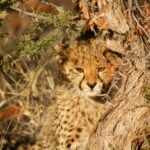Cheetahs, renowned for their breathtaking speed and sleek build, have long captivated the imagination of wildlife enthusiasts and researchers alike. Despite their status as one of the fastest animals on the planet, cheetahs are struggling to maintain their presence in the wild. With populations dwindling, understanding the challenges they face is crucial for their conservation. This article delves into the reasons behind the cheetah’s struggle for survival.
Narrow Genetic Diversity
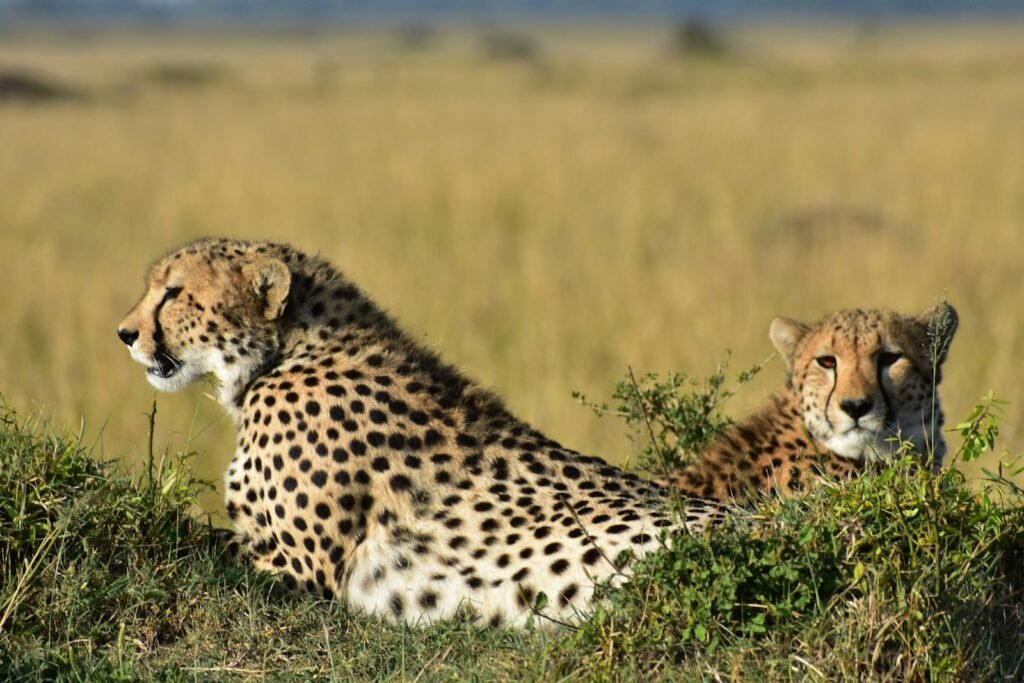
One of the most significant challenges facing cheetahs is their lack of genetic diversity. Thousands of years ago, a catastrophic event drastically reduced the cheetah population, resulting in a genetic bottleneck. This has left modern cheetahs with limited genetic variation, making them more susceptible to diseases and reducing their adaptability to changing environments.
Habitat Loss and Fragmentation
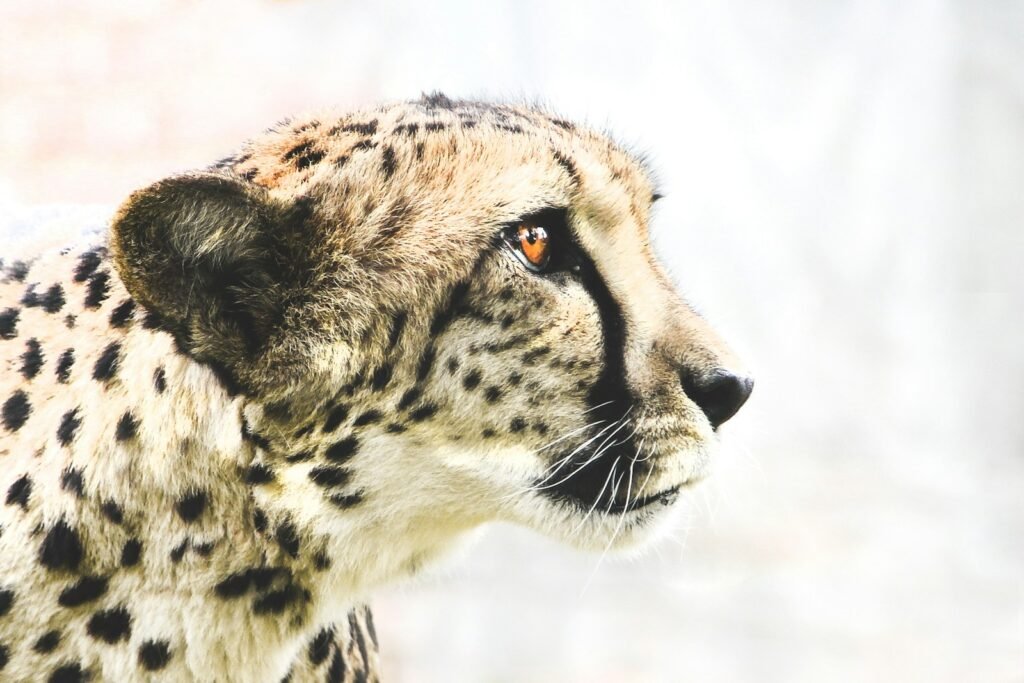
Human encroachment is a major driver of habitat loss for many wildlife species, including cheetahs. As human populations expand, agricultural activities and urban developments encroach into traditional cheetah habitats. This loss and fragmentation of habitat restricts their range and reduces the availability of prey, forcing cheetahs to venture closer to human settlements in search of food.
Human-Wildlife Conflict
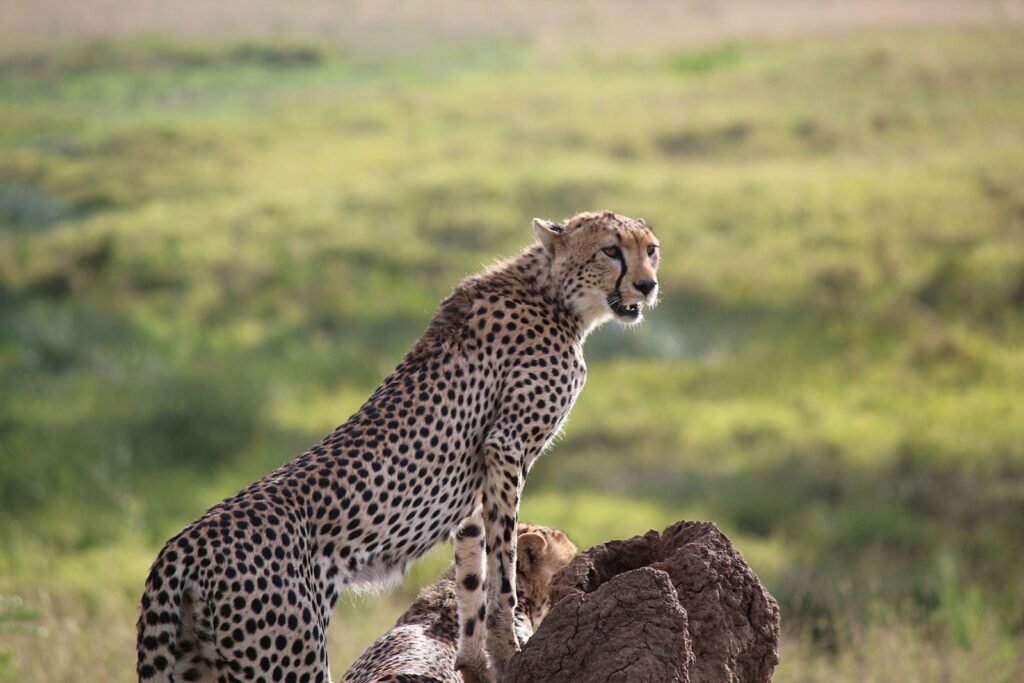
The intersection of cheetah territories with human activities often leads to conflict. When cheetahs target livestock as a food source, they can provoke retaliatory killings by farmers protecting their livelihoods. This human-wildlife conflict is a significant threat to cheetah populations, as it reduces their numbers directly and fosters negative perceptions of cheetahs among local communities.
Prey Depletion
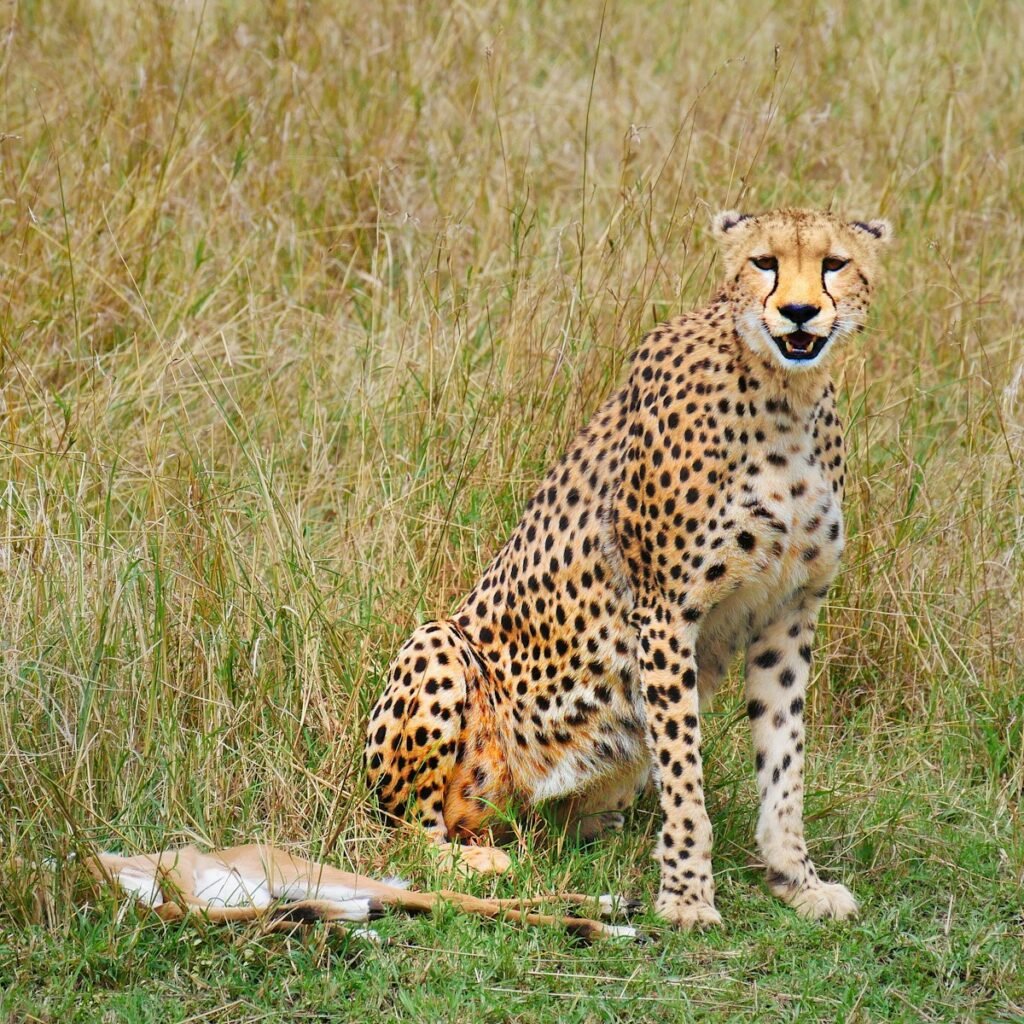
Cheetahs are specialized hunters that primarily prey on small to medium-sized ungulates. Overhunting of these prey species, often due to poaching and unsustainable hunting practices by humans, can lead to significant prey depletion. This scarcity of food forces cheetahs to expand their range, increasing the likelihood of human interactions and competition with other predators.
Competition with Larger Predators
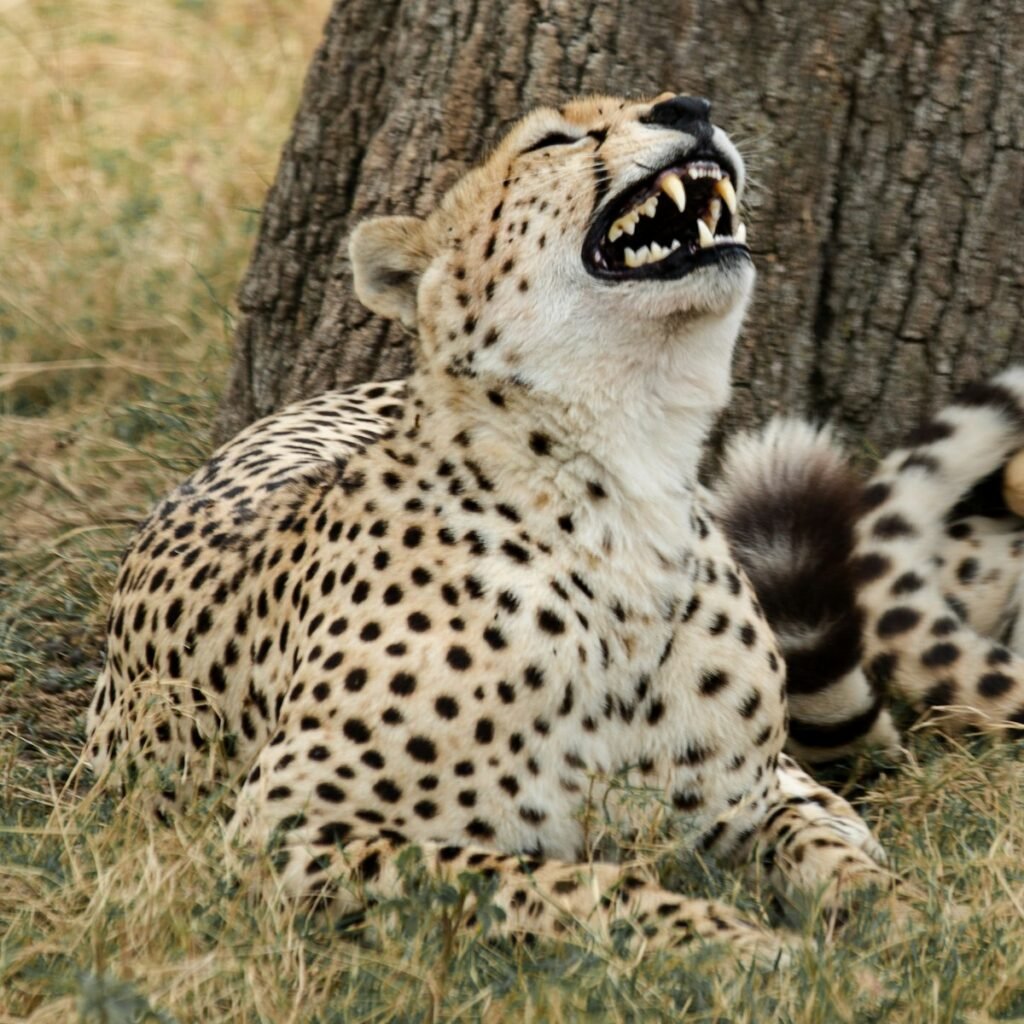
Cheetahs are not the apex predators in their ecosystem and frequently lose out to more formidable animals such as lions and hyenas. These larger predators not only compete for the same prey but are also known to kill cheetahs or their cubs. This competition adds another layer of difficulty for cheetah survival as they must carefully navigate territories to avoid confrontations.
Impact of Climate Change
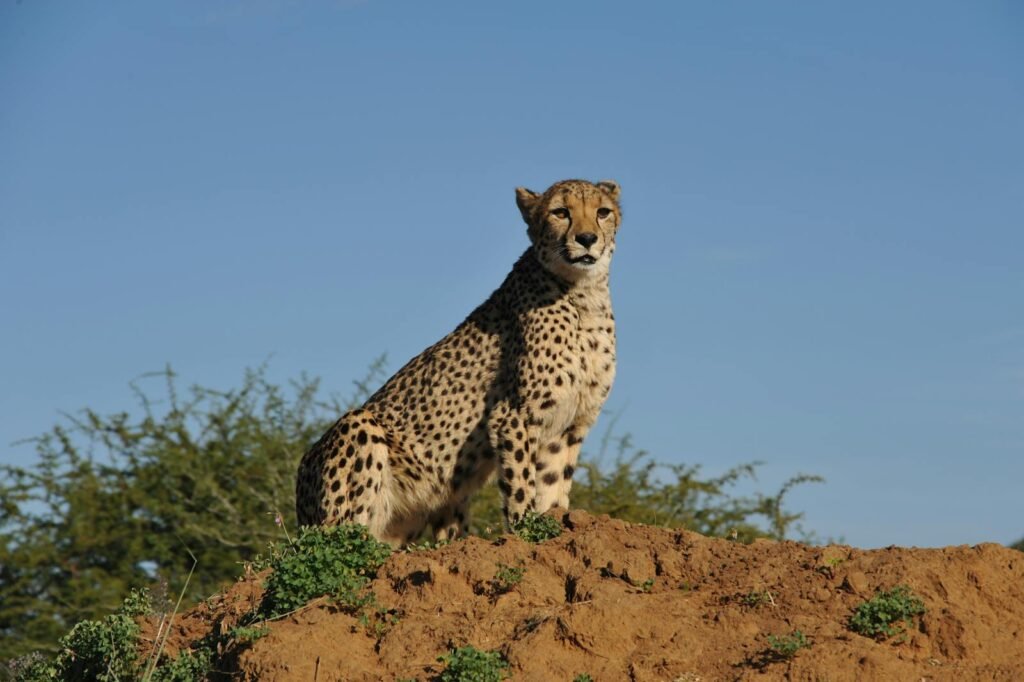
Climate change poses an emerging threat to cheetah populations, affecting their habitats and food availability. Altered weather patterns can lead to changes in prey migration routes and water availability, crucial elements of the cheetah’s environment. As these changes intensify, cheetahs may need to adapt to rapidly changing landscapes, putting additional stress on their populations.
Low Reproductive Success
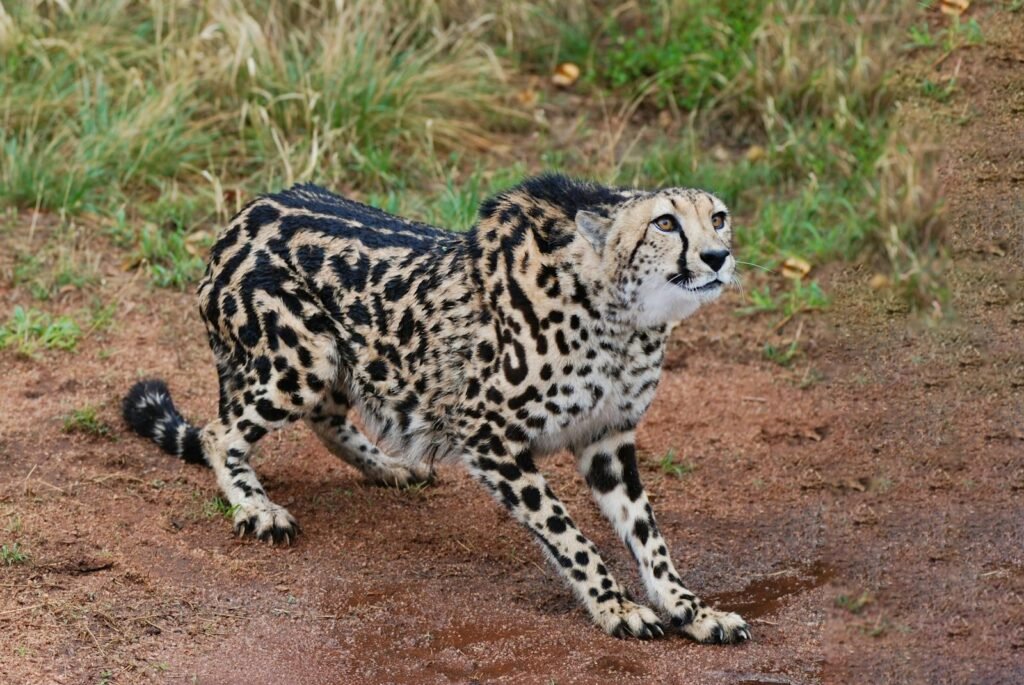
The reproductive biology of cheetahs contributes to their struggle to maintain population numbers. Cheetah cubs have a high mortality rate, with estimates suggesting over half do not survive past three months. The lack of genetic diversity also contributes to reduced fertility and increased susceptibility to birth defects, further challenging population recovery.
Conservation Efforts and Challenges
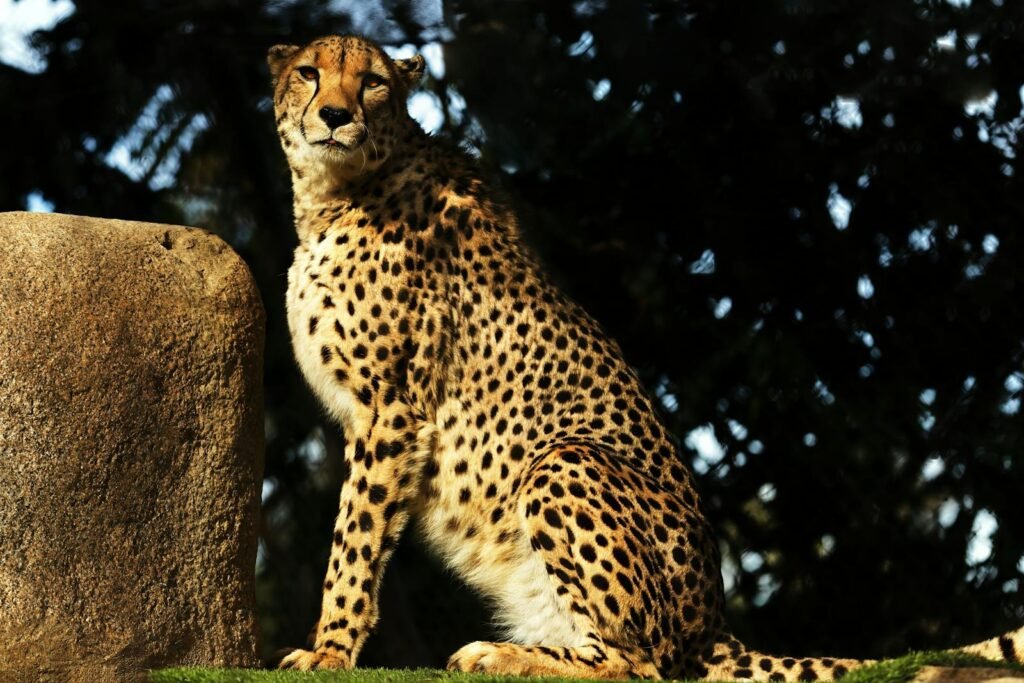
Conservation efforts to protect cheetahs encompass habitat preservation, anti-poaching initiatives, and community engagement programs. However, these efforts face significant challenges, including limited funding, political instability in regions where cheetahs live, and the difficulties in altering long-standing human behaviors and attitudes toward carnivorous predators.
Role of Research and Awareness
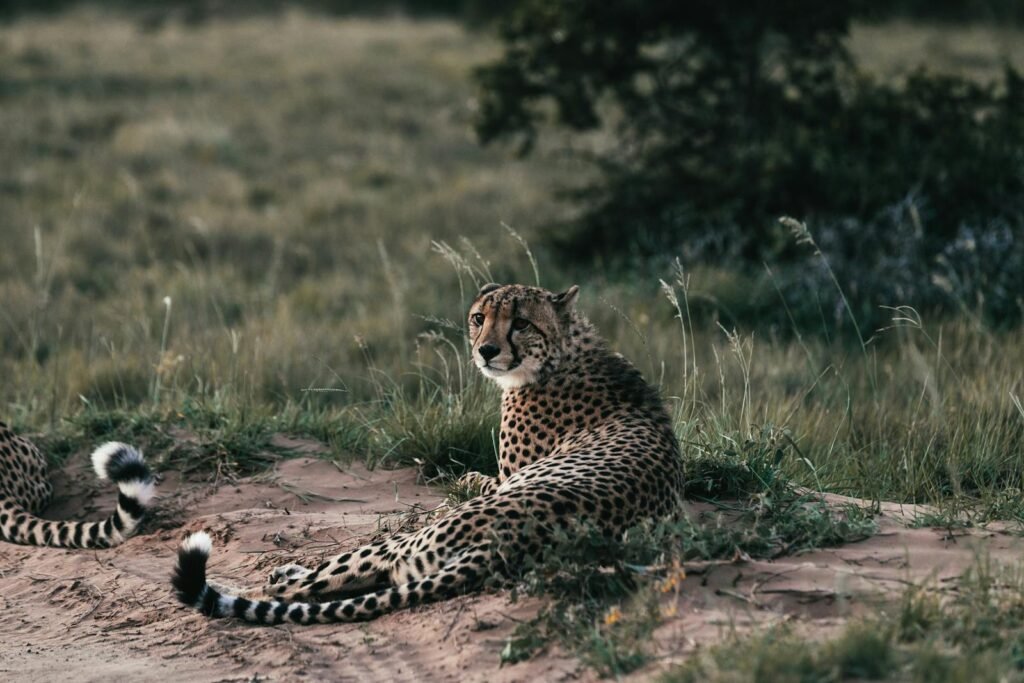
Research plays a vital role in cheetah conservation by providing essential insights into their behavior, genetics, and habitat needs. Raising awareness about the precarious status of cheetahs helps garner support from the global community. Educational programs and documentaries also serve to highlight the importance of cheetahs in biodiversity and ecosystem health.
Conclusion: A Call to Action for Cheetah Conservation
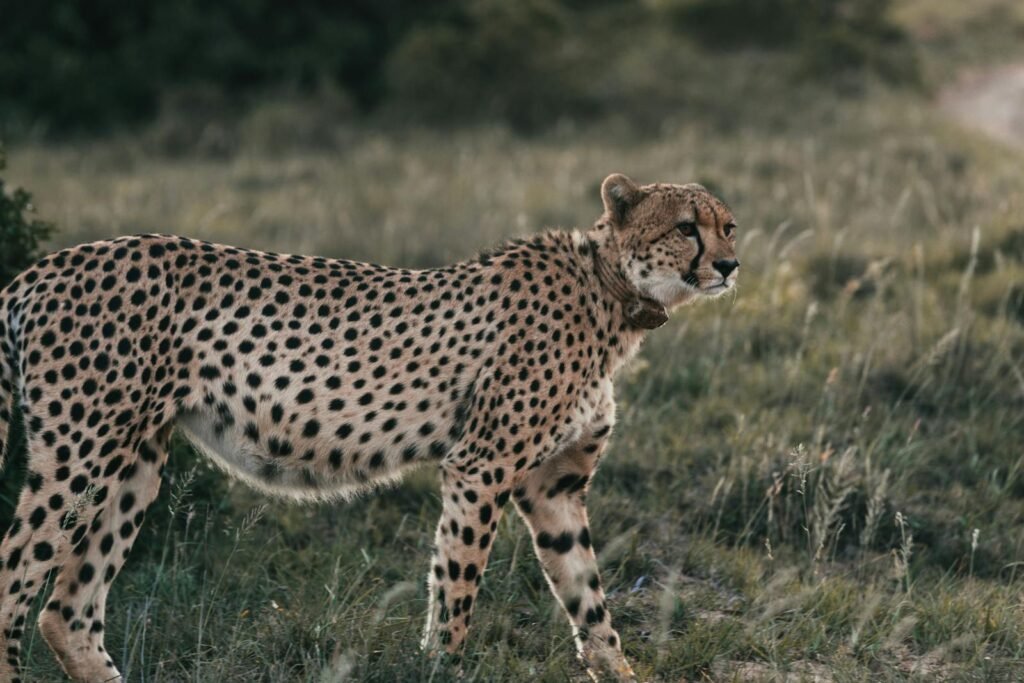
As one of the world’s most iconic species, the cheetah’s survival is a pressing issue that requires immediate and sustained action. Understanding the challenges these elegant predators face is the first step toward ensuring their future. Through collaborative efforts among governments, conservationists, and local communities, there is hope that cheetahs will once again thrive in the wild, reminding us of the intricate balance of nature and the responsibilities we share in preserving it.
Hi, I’m Bola, a passionate writer and creative strategist with a knack for crafting compelling content that educates, inspires, and connects. Over the years, I’ve honed my skills across various writing fields, including content creation, copywriting, online course development, and video scriptwriting.
When I’m not at my desk, you’ll find me exploring new ideas, reading books, or brainstorming creative ways to solve challenges. I believe that words have the power to transform, and I’m here to help you leverage that power for success.
Thanks for stopping by, Keep coming to this website to checkout new articles form me. You’d always love it!

